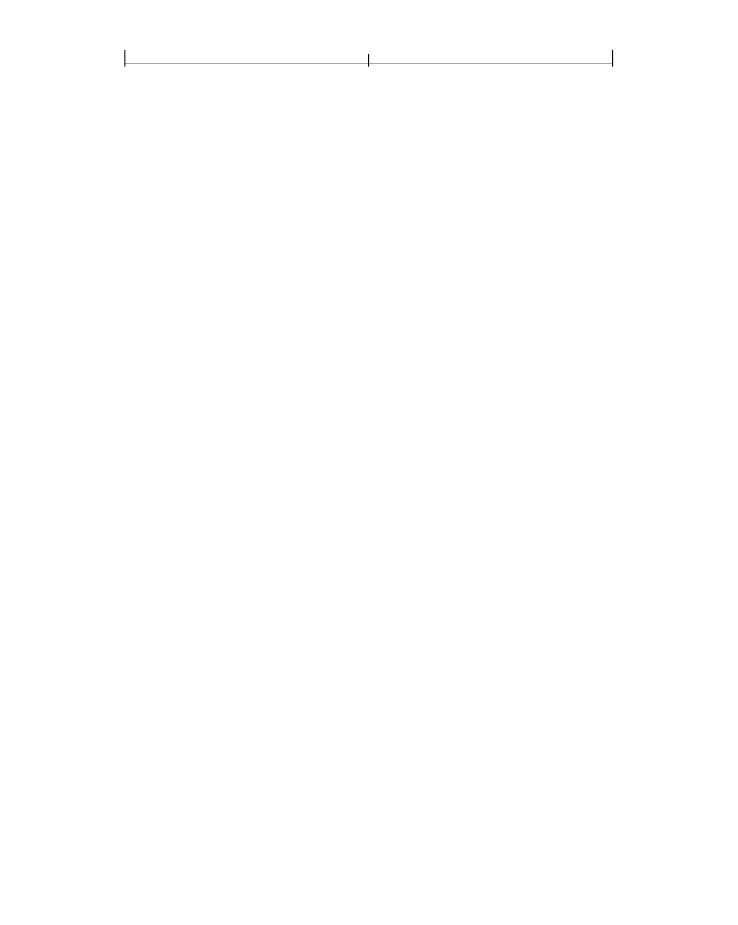
SECTION 4.6
289
Patterns
defining graphical figures whose colors are to be specified separately each time
they are used. Specifically, the restriction applies in these circumstances:
•
In any glyph description that uses the
d1
operator (see Section 5.5.4, “Type 3
•
In the content stream of an uncolored tiling pattern (see “Uncolored Tiling Pat-
In these circumstances, the following actions cause an error:
•
Invoking any of the following operators:
CS
cs
SC
SCN
sc
scn
G
g
RG
rg
K
k
ri
sh
•
Invoking the
gs
operator with any of the following entries in the graphics state
parameter dictionary:
TR
TR2
HT
BG
BG2
UCR
UCR2
•
Painting an image. However, painting an
image mask
(see “Stencil Masking” on
places where the current color is to be painted.
4.6 Patterns
When operators such as
S
(stroke),
f
(fill), and
Tj
(show text) paint an area of the
page with the current color, they ordinarily apply a single color that covers the
area uniformly. However, it is also possible to apply “paint” that consists of a re-
peating graphical figure or a smoothly varying color gradient instead of a simple
color. Such a repeating figure or smooth gradient is called a
pattern.
Patterns are
quite general, and have many uses; for example, they can be used to create various
graphical textures, such as weaves, brick walls, sunbursts, and similar geometrical
and chromatic effects. (See implementation note 50 in Appendix H.)